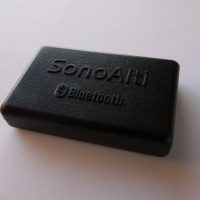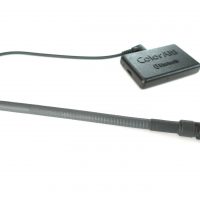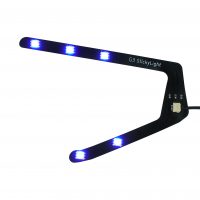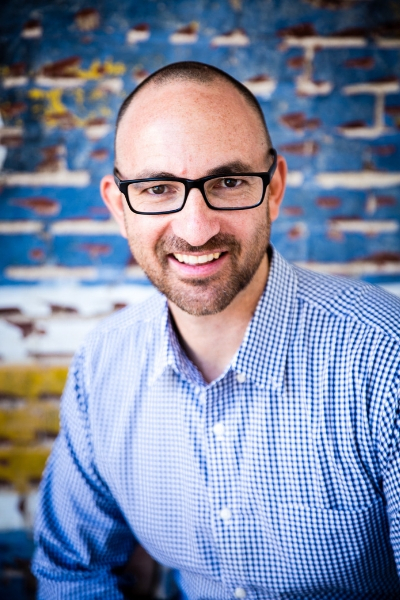
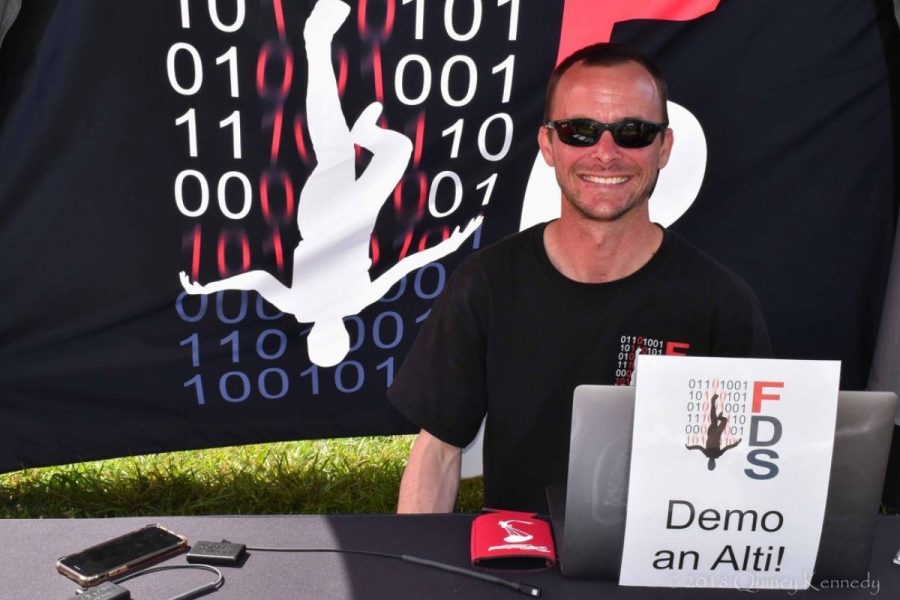
Meet Casey Mongoven, Owner of Free Fall Data Systems
To be an entrepreneur is not easy. To be an entrepreneur in a niche industry with a small consumer market like skydiving – well, that’s even more difficult! Because the journey of entrepreneurship is so challenging, I enjoy interviewing those willing to give it a try.
I met Casey Mongoven on vendor row at this year’s CarolinaFest and within five minutes of conversation, I realized that Casey is highly intelligent and looks at things differently than most people. Deeply rooted in music and language, Casey is using his technical brain to solve pain points he’s encountered in his own skydiving journey.
Casey was kind enough to do an interview with us, so we took a deep dive to learn more about his background and how he got to where he is today.
Personal | Background
You were born in La Jolla, California in 1979 to your parents Jan and Danna. Tell us a little about your parents. Where are they from, what did (do) they do professionally?
My mother and father were both born in the United States. My mother, Danna, was a stay-at-home mom but also worked as an actress and screenwriter; my father, Jan, taught high school genetics and physiology. He currently works as a genealogist.
What were your interests as a kid? Were there any early indicators of what your future life would turn out to be as a musician, mathematician, skydiver, inventor and entrepreneur?
I was primarily interested in music and fast cars as a child. At a very early age my mother tells me I used to love to take things apart to see how they were made. I remember wanting to be an architect in fourth grade.
Where did you go to school, and what did you study?
I did a Bachelor of Music in Classical Composition at New England Conservatory of Music from 1997–2001, then studied Electroacoustic Composition at the Hochschule für Musik FRANZ LISZT in Germany. After this, I decided to concentrate more on improving my technical knowledge, and did a PhD in Media Arts and Technology at the University of California Santa Barbara.
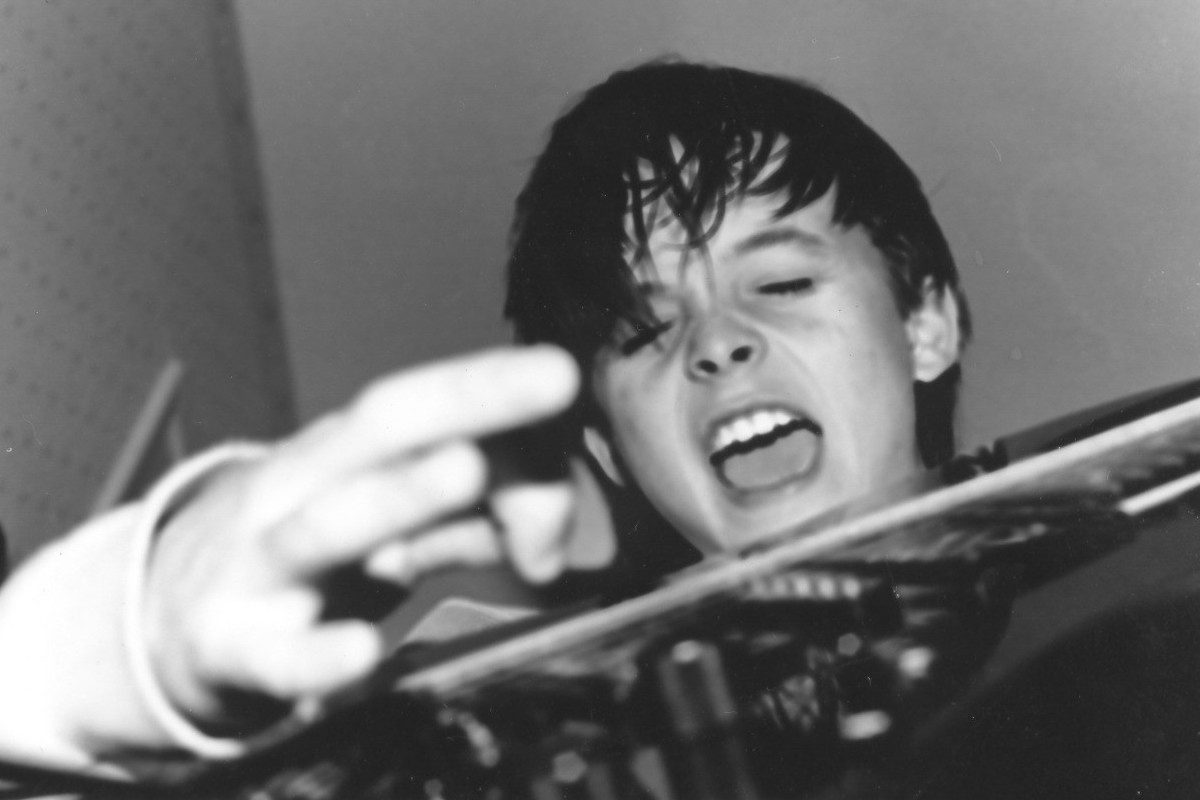
Who or what were your biggest influences growing up?
They were all musicians. Earlier in my life: Def Leppard, Metallica, Slayer, and Megadeth. Later, in my teenage years: Béla Bartók, George Crumb, Johann Sebastian Bach, among many others.
What were your favorite classes in high school and why?
Besides the music-related classes I took, I enjoyed history a lot: I’m a nerd about remembering dates and events and agree with George Santayana’s quote “Those who cannot remember the past are condemned to repeat it.” Auto shop was awesome too because we got to do what we wanted for the most part and learned to work on cars.
Personal | Insights
If you had to give a 15-second elevator pitch on who Casey Mongoven is, how would you summarize yourself?
At my core, I am a creator; I make all types of systems and things. I’m also a compassionate person who is interested in making a positive contribution to the world.
You picked up the electric guitar at age 10 and was in a heavy metal band with your brother and then by 7th grade, classical music captured your attention. What was it about classical music that grabbed you?
The biggest two things that grabbed me were the limitless possibilities of expression and the intricacy of the music itself. Other genres are more confined in comparison in what is considered permissible. It’s hard, for example, to imagine any other genre where the music of Beethoven would sit alongside something as different-sounding as that of John Cage’s.
It would appear that 1996 was a pivotal year for you as you attended Interlochen Arts Camp in Michigan where you learned about the interesting Fibonacci sequence. It would seem that your interest in this mathematical sequence influenced you with your future studies. Can you shed a bit more light on what drew you to this?
This had a huge influence on my future direction. At the time, I was seeking some concept that could bring unity to all of my compositions across the board. I won’t go into details here, but the mathematical properties of the golden ratio arguably make it better suited than any other single concept to bring unity to a work of art and compositional style.
The math and music brain tend to go hand in hand… so how does skydiving fit into this?
I didn’t start skydiving until 2012. I have also always liked to go fast though, and as a teenager I used to race sports cars. Interestingly, it was Megadeth skydiving on MTV’s Headbangers Ball in 1991 that first drew my attention to the sport.
Your interests are in math, music, language (your speak fluent German), philosophy, and skydiving … what else is running through your mind?
Besides business matters, I have always been a bit obsessed with current news. My girlfriend Tara would also say I think a lot about our dogs, Dexter and Ikus.
I’ve noticed that a common profession within skydiving are engineers and technically-minded people. Why do you think this is? What is it about skydiving that appeals to a Type-A personality and someone that may be more cerebral and even introverted?
You are right in terms of the demographics of the USPA. If I had to guess, I think people who technically-minded are often fascinated simply by the feat and the equipment used to accomplish it. I must say for me though, it was—and still is to a great extent—more about the incomparable experience of everything skydiving has to offer. It is about enjoyment in the moment, in part in order to get away from the technical—in order to transcend beyond it.
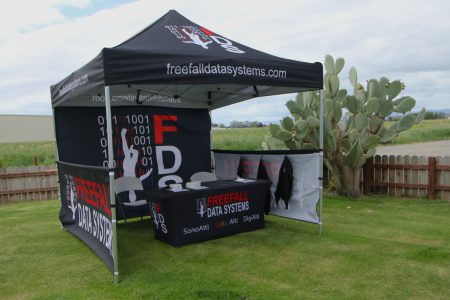
What topic or conversation gets you excited and most engaged?
Perhaps not surprisingly, I am most engaged by people’s opinions about my company’s products and other companies’ products in the industry. I’m interested to know what people are looking for, as it seems there haven’t been many significant developments in terms of skydiving altimeters in a long time, and only recently has there started to be more movement on this front. I’ve been lucky to have talked to hundreds of skydivers at the various boogies I have been to this year, so it has given me a good general picture of where this part of the skydiving industry is in this regard.
Entrepreneurship | Free Fall Data Systems
Many entrepreneurs build businesses based on pain points. There are a few companies that have made audible altimeters for years, what led you to create your audible and now visual altimeter?
I was working as an AFF instructor and noticed that students, as well as experienced jumpers, were having a lot of difficulties setting their audibles. That is what led to the creation of SonoAlti®.
One of the biggest challenges with being an entrepreneur is time. As a new startup, it would appear that your roles (not unlike most entrepreneurs) are that of an accountant, product developer, R&D, marketing and sales. How do you balance your time to wear multiple hats while trying to get your company to scale?
I sometimes call myself the OEO (Only Executive Officer), and it gets hectic at times. I try to stay as organized as I can and prioritize tasks. Customers always have to be number one, so if a customer has an issue, then R&D or marketing have to take the back burner while that problem is solved.
From writing code, developing an app, to sourcing materials, to being on the road, and making a living, I’m amazed at how quickly you’ve been able to create tangible products. How have you been able to do this?
When I get started on a project, I work pretty obsessively. I am also lucky to work in the industry I create products for, which has allowed me to actually fund the company while testing and developing products at the same time. I am in great debt to the many other jumpers at Skydive Santa Barbara who tested my products before they were launched, accelerating the whole process.
What’s the next big obstacle you need to overcome for your company to continue to grow in the skydiving market?
I have some very ambitious patent-pending ideas for altimeters whose creation would go beyond our current funding capabilities. Securing some funding for these ideas and realize them is the next big obstacle.
What about business ownership has surprised you the most?
Mostly how messy the whole process is. I imagined being in such great control over so many aspects over which it now seems I have very little control. There are sometimes just too many moving parts to keep track of them all, and you need to keep your eye focused on the big picture.
What makes your products different than what’s on the market today?
SonoAlti and ColorAlti® are the first altimeters to connect via Bluetooth® wireless technology, which makes them more user-friendly than previous altimeters. SonoAlti is more flexible than any other audible in terms of how the alarms sound, when they sound, and for how long. With the new StickyLights, there isn’t really anything like ColorAlti on the market: it allows you to ascertain your altitude or vertical speed via the color of LEDs mounted on the inside of your full-face helmet’s visor.
What are most people surprised to learn about your products?
Most are surprised by the degree of flexibility they offer in terms of user settings.
If there is one thing you want people to know about your products, what would that be?
That they work well and are very dependable.
Your newest product, the ColorAlti seems like a real hit! What inspired you to create this product?
I was working on SonoAlti and decided it would be an interesting experiment if I could simply hook up a light instead of a speaker. I then learned more about existing systems (Elemental Technology’s now-defunct Chroma and Hypoxic’s LED for the Optima II) and decided to create something much more powerful totally from scratch.
What kind of skydiver or person would love your products?
Those skydivers seeking something that is easy to use, but that still offers a great degree of flexibility.
If someone wants to demo your products, how can they do that? Also, if they want to purchase your products, where can they buy them?
Currently, the following dealers have demo units available upon request: ChutingStar, Basik Air Concept, Fallrush, Skydiving Gear Canada, Parafunalia, Rock Sky Market, The Ranch Pro Shop, Flying Flynn’s Skydiving Gear Shop, and Sky Supply.
They can purchase FDS products directly through my website freefalldatasystems.com or through these dealers. I am also often on the road and attend many of the larger boogies, where I offer demos of FDS products.
Skydiving
Where did you make your first skydive and how old were you when you made your first jump?
I made my first jump at age 33 with Jeremy McGrew at Skydive Santa Barbara.

What about that first skydive was it that made you realize you needed to do more of it?
There were few times in my life that I felt better than after my first skydive.
You have more than 3,000 jumps, with ratings as a USPA Coach Examiner, AFF and tandem instructor – what keeps you passionate about skydiving and not burning out?
Although I certainly understand skydiving fatigue (especially as a tandem instructor), for me it is hard to imagine burning out skydiving. There is just too much to learn and too much to do to get burned out. If I get burned out on one thing, I’ll just do something else!
What equipment do you jump?
Main Canopy: PD Storm 120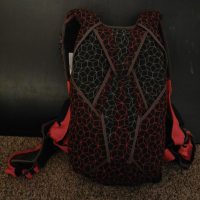
Reserve Canopy: PD Optimum 143
Container: VSE Infinity
Jumpsuit: Flite Suit
Helmet: BrandX FX Freefly, Tonfly 2X, Square One Kiss
AAD: Vigil II
Shoes: Adidas
Home DZ?
Who in the sport do you admire and why?
I greatly admire our USPA President Jay Stokes for his dedication to both civilian and military skydiving. His manner of teaching and professionalism are inspiring. I also greatly admire Skydive Taft’s Lelo Mras for his incredibly refined skydiving skills in multiple disciplines, including instruction. I also admire perhaps more than anyone the first-time jumper, nervous as hell, climbing out of the plane to commit to that first jump.
Who has positively influenced you as a skydiver?
Primarily the people around me at my home dropzone of Skydive Santa Barbara. We are a small dropzone, and each instructor and jumper has positively influenced me in different ways. Sometimes it is those who think most differently from you that you can learn the most from.
If you could only give one piece of advice to a young skydiver, what would that be?
Stay humble and learn as much as you can.
Most memorable skydive you’ve ever made?
Funny enough, the last skydive I made was the most memorable and epic I have ever made. I jumped with the founder of Rescues 4 Warriors, Steven Boyd, into Mineral Canyon, Utah, at the Mother Of All Boogies at Skydive Moab.
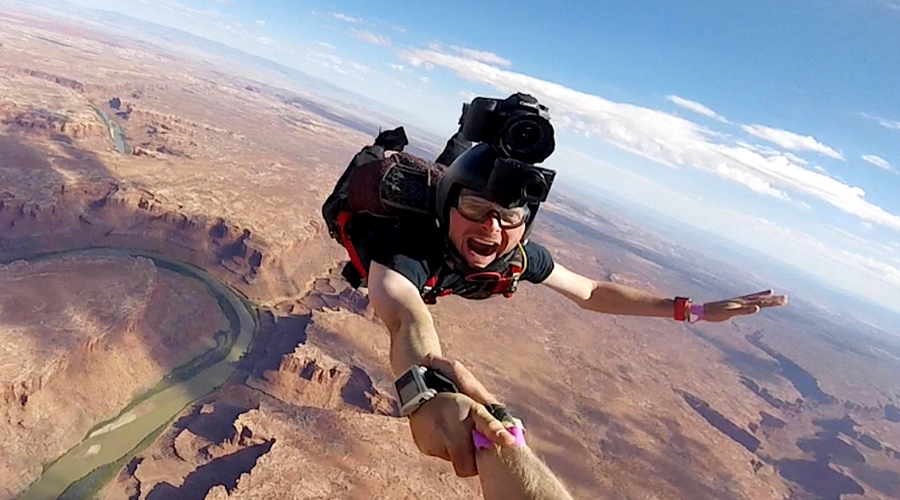
What’s your safety pet peeve that’s not called out enough?
Exit separation and I hope to eventually realize a product idea that I hope will put a dent in that problem.
Is there a DZ you’d love to visit that you’ve not yet visited?
I’d like to visit Skydive Saulgau in Germany, mostly because I spent seven years in Germany and have never jumped there. I’d like to experience my second home as a jumper.
Outside of your Home DZ (Skydive Santa Barbara), what’s your favorite DZ to jump at?
I like the Oceanside DZ because I grew up in the neighboring city of Carlsbad and I enjoy the view for that reason.
Using One Word Only….
What would say is your biggest strength?
Creativity.
What would you say is your biggest weakness?
Temptation.
What’s your pet peeve that grates on you the most?
Sluggishness.
The best thing you own under $100?
Myself.
Favorite jump aircraft?
Balloon.
Place you most desire to visit would be?
Beijing.
Most used app on your smartphone?
Instagram.
Apple, Android or something else?
Apple.
Best book you’ve ever read?
Arnold Schoenberg’s Style and Idea.
Most Favorite Binge-Worthy Show?
Breaking Bad.

